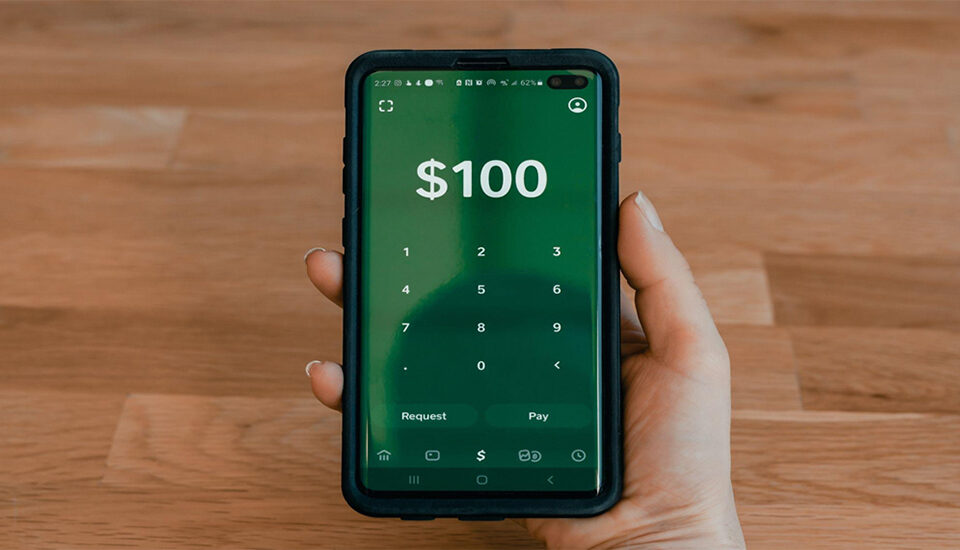
The Future of Digital Banking in the US

Digital banking has evolved into the go-to tech for making deposits, funds transfers and monitoring earnings, savings and spending. It goes without saying that it is a crucial differentiator for banking leaders too. If you asked a few friends about their preferred banking method today, more than 80% would probably attest to going digital with nearly all their financial transactions. Gen Zers are especially the biggest consumers of virtual banking services, owing to their attachment to technology.
Moving into the future, we expect the four factors below to inform the digital banking sector through 2025.
1. Cashless Payments
A few decades ago, one wouldn’t imagine that they could hold their entire cash in a single plastic card. Similarly, only a few might believe you when you tell them that sooner rather than later, the small cards too will become obsolete. Nevertheless, the digital banking market is a reality fast settling worldwide, with Asian nations leading the way with roughly 50% of the aggregate global transactions.
The key drivers of this trend are essentially the increasing number of payment-enabled portable devices and the associated services.
2. Physical Decline
As banking goes digital, the use of brick-and-mortar banks by customers will continue to fade. This will then pave the way for broader usage of mobile and internet banking tools. But the shift doesn’t mean that physical banks will vanish in thin air in a few years; the remaining will only need to restructure their operations and product lines to stay afloat.
3. Increased Competition from Non-Banks
A lot of uncertainty might cloud various aspects of digital banking, but the one thing that is set to gain momentum is increased competition from non-banks like peer-to-peer financial apps. We’re already seeing a steady rise in firms offering a wider range of financial services without necessarily setting up virtual or physical banks. Examples include PayPal, Google Pay, Apple Pay, among others.
The rise of super-apps such as WeChat and Grab natively from China and Singapore, respectively, are also disrupting the digital banking space.
4. Regulation
Most early digital banking service providers, upon launch, were faced with multiple regulatory hurdles. But as more traditional companies such as Apple and Google continue to show confidence in similar products, regulators are being forced to accommodate these new financial innovations. However, policymakers may need to stretch their oversight beyond national boundaries to establish a unified global approach to regulating Fintech activities for a fully functional digital banking ecosystem.
As we wrap up, the future of digital banking is promising; but the current unprecedented consumer demands and innovations may require higher agility and a forward-thinking approach. Also, as institutions continue to set themselves apart from their competitors, co-innovation might be the only way out for most banks and tech firms. After all, they all serve the same clientele, and they can best address their needs under unified platforms.
Read next: More than Half of the World’s Population to Bank Digitally by 2026, New Research
Source: unsplash.com

